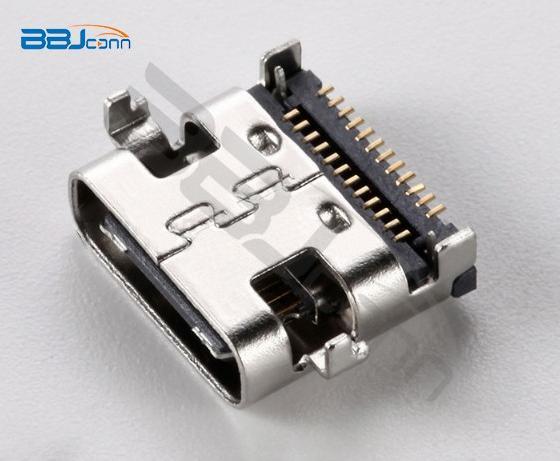Working principle of TYPE-C fast charging
发布时间:2023-02-16作者:Shenzhen BBJ technology co., LTD点击:990
The demand for fast charging of mobile devices is increasing, and the demand for high-power DC power supply (such as 100W) is also increasing. In the past, system manufacturers often used USB Micro-B connector to realize proprietary fast charging mode. However, with the occurrence of smart phone charging/battery accidents, it is very important to provide products with a safe ecosystem and compatible with TYPE-C fast charging. The leading technology alliance USB Implementers Forum(USB-IF) has standardized the following specifications to provide open, unified and interoperable technologies to meet the market demand:
At present, enterprises led by Qualcomm, MTK, Huawei, OPPO and Samsung have launched their own fast charging technologies, which are independent and incompatible with each other. Machine fast charging is mainly divided into two categories: low-voltage fast charging technology and high-voltage fast charging technology. Among them, VOOC flash charging mobile phone fast charging technology is relatively mature, while Qualcomm and MediaTek fast charging technology are still developing. Here is a detailed introduction to the principles of these TYPE-C fast charging technologies.

There are two ways to improve the charging speed, one is to increase the voltage, and the other is to increase the current. Increasing the voltage will increase the calorific value during charging, accelerate the aging of the battery and may bring potential safety hazards, so the actual effect is not good. In contrast, increasing the current is much more realistic. VOOC technology adopts low voltage and high current mode, which ensures the safety during charging.
Mediatek's new fast charging technology, Pump Express, is built into the power management integrated circuit of PMIC. It allows the charger to determine the initial voltage required for charging according to the current. The pulse current command sent by PMIC is transmitted to the charger through Vbus of USB. The charger modulates the output voltage according to this command, and the voltage gradually increases to 5V to reach the maximum charging current. At present, Pump Express has two technical specifications, one is Pump Express with an output power of less than 10W, and the other is Pump Express Plus with an output power of more than 15W.
Qualcomm TYPE-C fast charging (QC3.0,QC2.0) is widely used as the general standard for fast charging of mobile phones, but Huawei's own FCP(Fast Charger Protocol) is also a force that cannot be ignored. At present, Huawei's flagship models such as Glory 7 and Mate8, P9 all come standard with fast charging technology. Moreover, the output performance of 9V 2A(18W) is no less than that of similar fast-charging mobile phones of Qualcomm QC2.0. Now there are many identification ics for fast-charging of Qualcomm QC in the market, but few can support fast-charging of Huawei FCP, which can be matched by power supply factories to make products suitable for fast-charging of Huawei FCP: car charger, mobile power supply.
- 上一篇:步步精科技邀您出席2023(春季)亚洲充电展
- 下一篇:Type-c母座优势概述